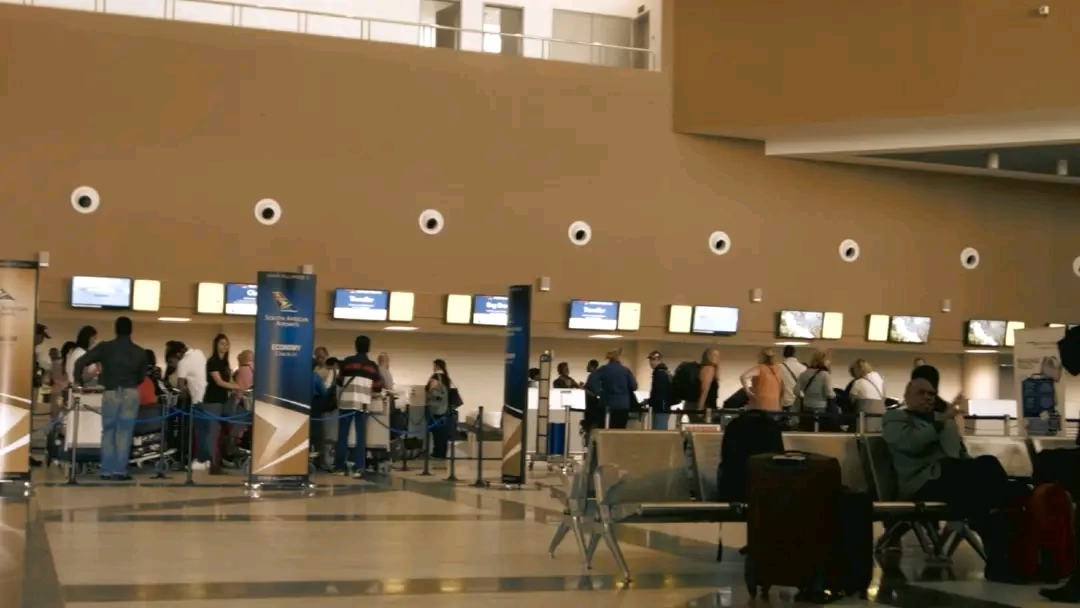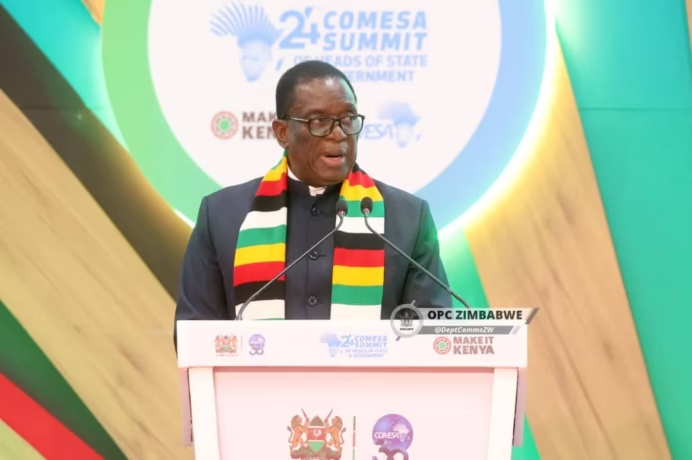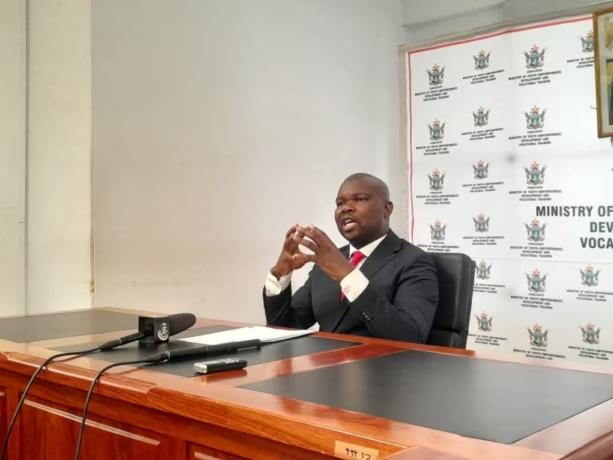
Zimbabwe’s ambitious border modernisation programme is already yielding tangible results, with official statistics showing a 14% increase in traveller traffic during the first quarter of 2025 compared to the same period last year.
According to figures released by the Department of Immigration, traveller movement surged to 2.1 million between January and March 2025, up from 1.9 million during the first quarter of 2024. The increase includes 1.1 million entries and one million exits, compared to 800,000 entries and one million exits last year.
The rise in border activity is largely attributed to the modernisation of key border posts and improved efficiency across the country’s entry points. The Southern region, led by the Beitbridge Border Post, Zimbabwe’s busiest inland port, recorded the highest traffic volumes with more than 900,000 travellers passing through.
Western border posts, particularly Victoria Falls, followed with over 250,000 travellers, driven mainly by tourism. In the Harare region, which covers Robert Gabriel Mugabe International Airport and Charles Prince Airport, more than 200,000 travellers were processed.
“During the first quarter, entries through the Robert Gabriel Mugabe International Airport were largely for business purposes, while entries in the North-Western Region were mostly tourists visiting the Victoria Falls area,” said North-Western Region’s Regional Immigration Officer, Mr Bayton Madawo.
The Department projects that overall traveller traffic could reach approximately 4.5 million by the end of the first half of 2025, marking a significant boost in mobility and cross-border engagement.
The progress comes in the wake of the 2023 launch of Zimbabwe’s National Migration Policy, which supports the government’s Vision 2030 agenda. The policy has already facilitated the development of modern border infrastructure and the implementation of the Online Border Management System, a key tool in streamlining immigration processes and reducing congestion.
Authorities remain optimistic that continued investments in border infrastructure and technology will enhance regional integration, attract more tourists and investors, and strengthen the nation’s position as a key transit and destination hub in Southern Africa.




